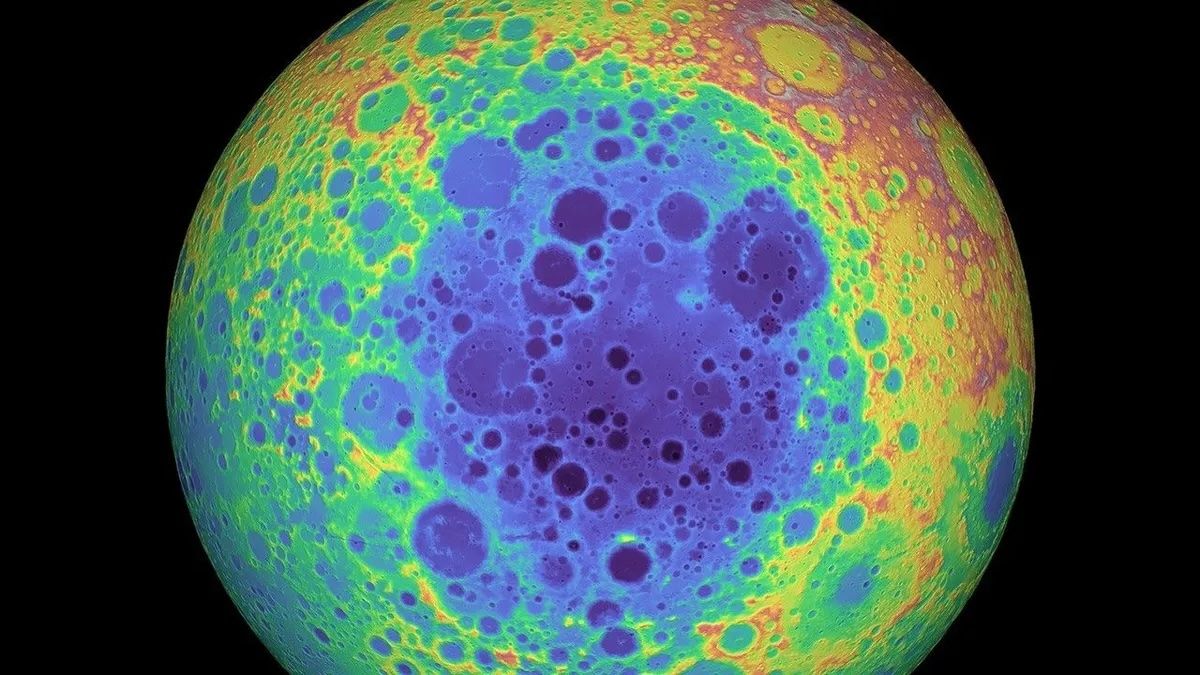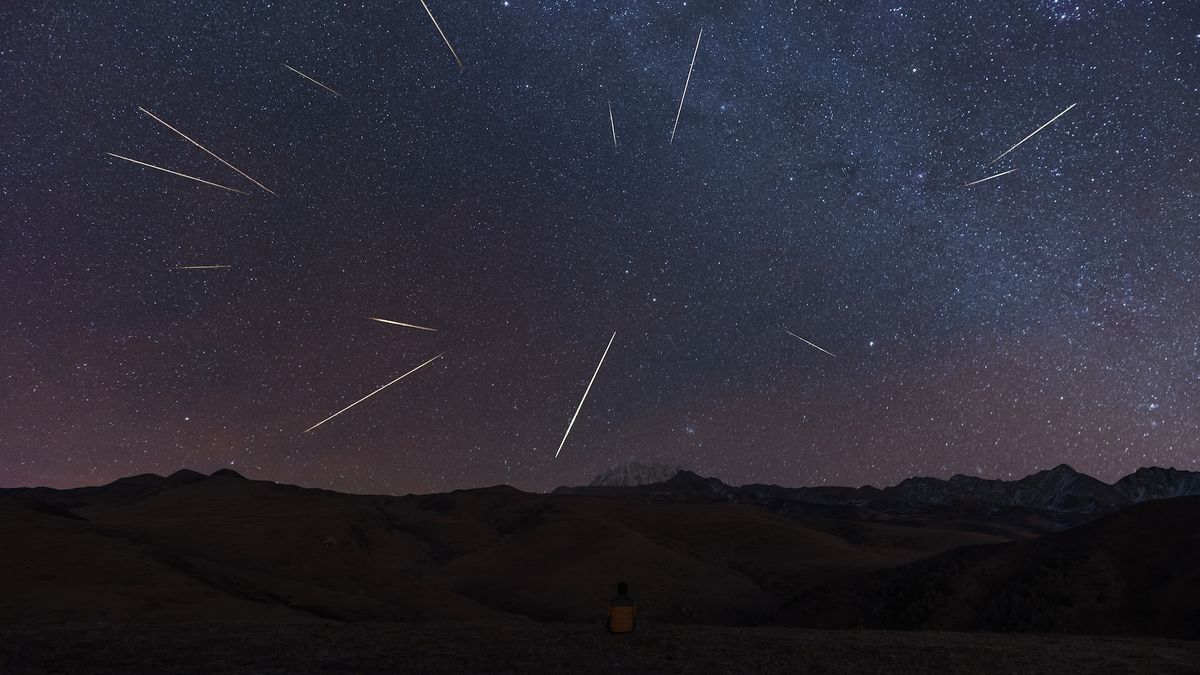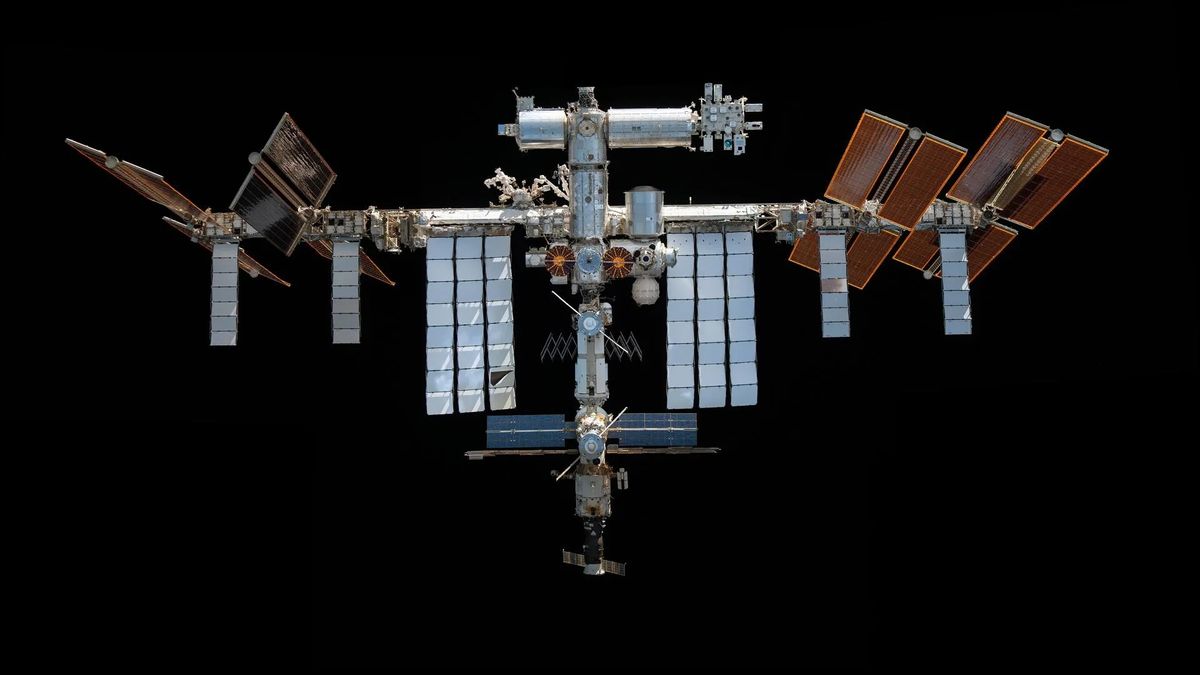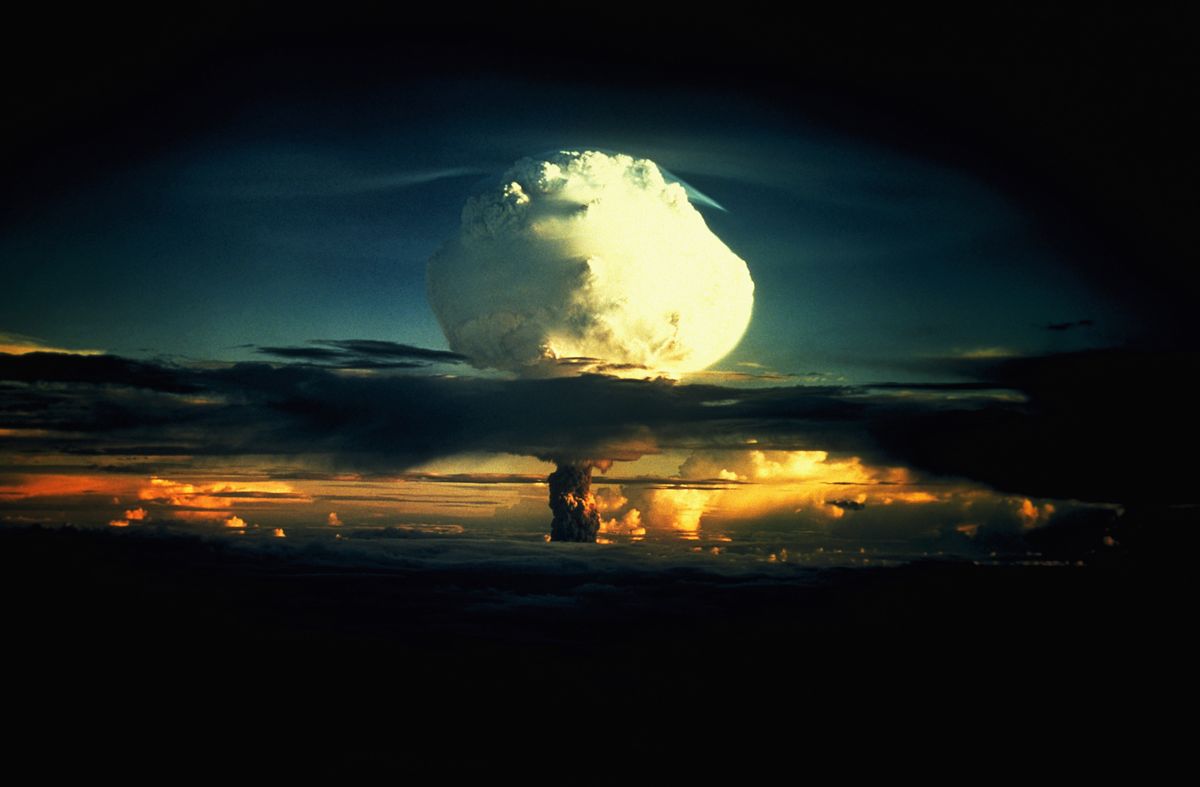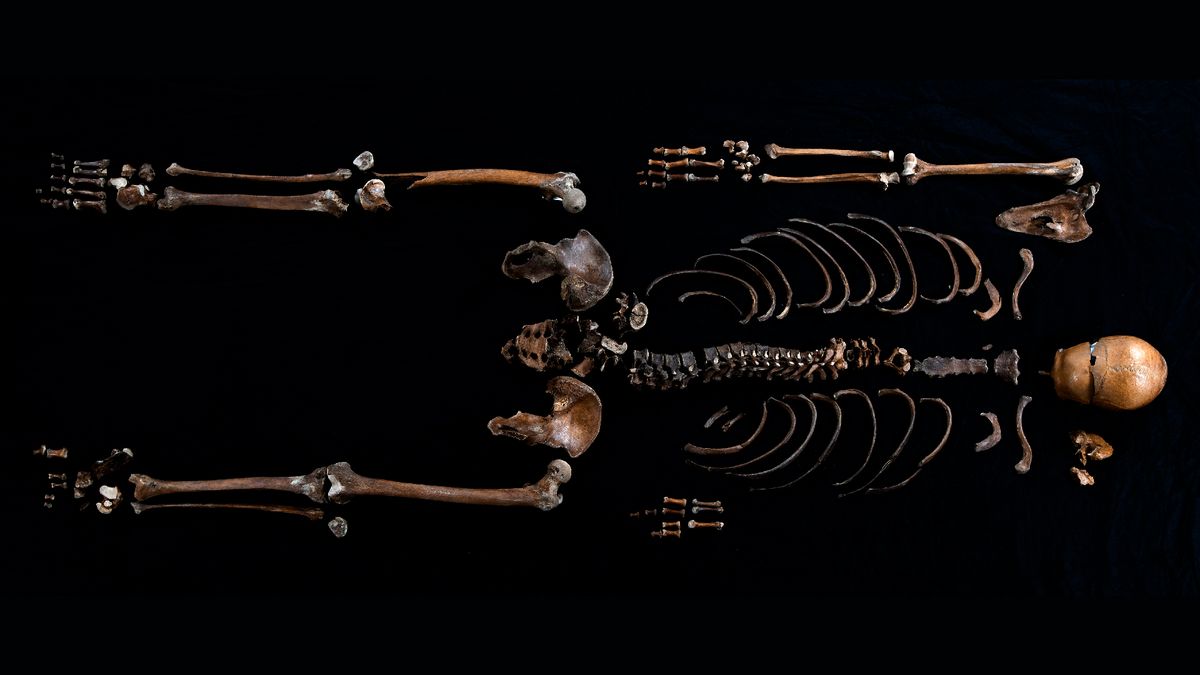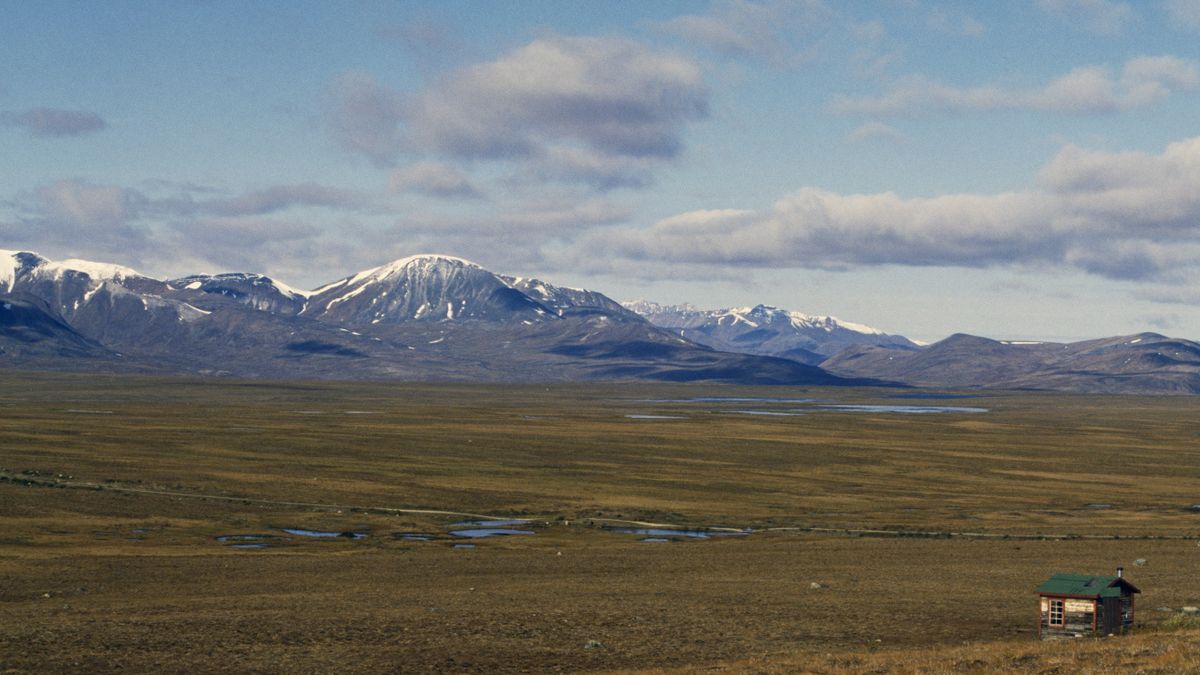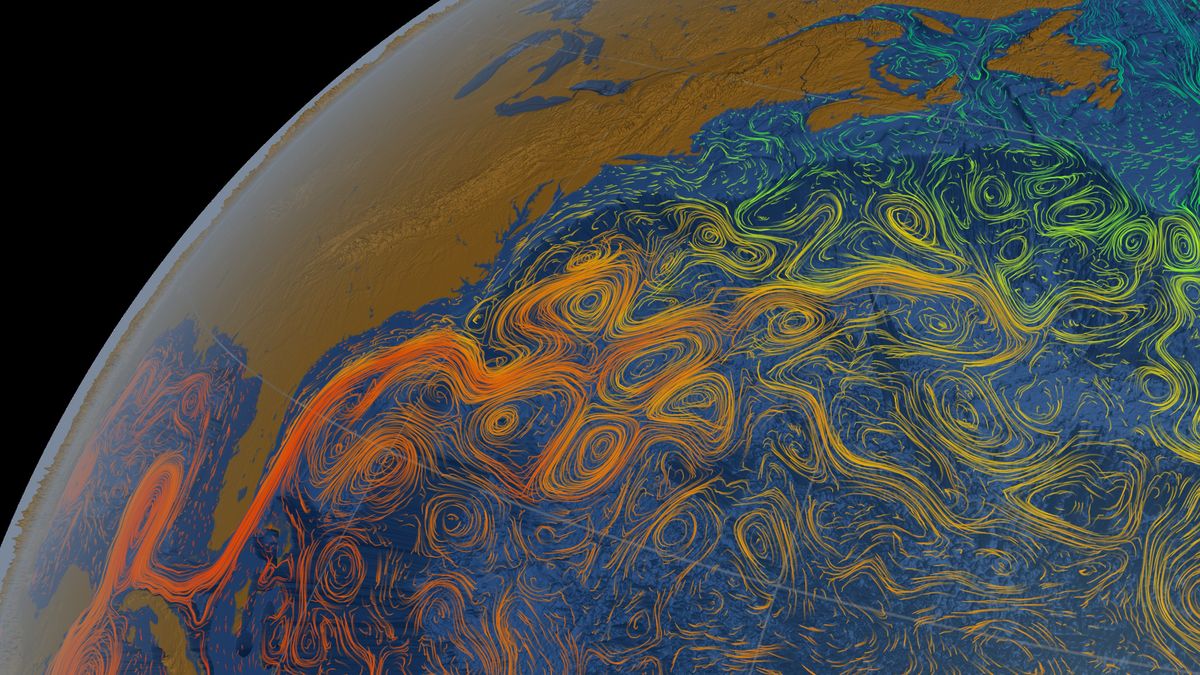Earth’s mantle is split by the Pacific Ring of Fire, an ancient schism that reflects the creation and destruction of the supercontinent Pangaea, a new study finds.
One of these sections contains most of Earth’s land. Called the African domain, it stretches from the east coast of Asia and Australia across Europe, Africa and the Atlantic to the west coast of North America. The other section, the Pacific domain, covers the Pacific ocean. Under the African domain, the mantle is full of many elements and their variations (called isotopes), with far more diversity than the Pacific domain, according to the new research.
This reflects the last two supercontinent cycles over approximately the past billion years, study co-author Luc Doucet, a senior research fellow in Earth and planetary sciences at Curtin University in Australia, told Live Science. In that time period, there were two supercontinents: first, Rodinia, which formed around 1.2 billion years ago and broke up approximately 750 million years ago, and Pangaea, which formed about 335 million years ago and broke up about 200 million years ago.
“What we observe today is basically what happened during the transition from Rodinia to Pangaea and then the Pangaea breakup,” Doucet said.
Related: Columbia, Rodinia and Pangaea: A history of Earth’s supercontinents
These supercontinents came together over what is now the African domain. As the oceans closed between them, oceanic crust slid under the continents — a process known as subduction — sometimes dragging continental rocks down with it. This pulled elements and isotopes from continental crust down into the mantle under the developing supercontinent, Doucet explained.
This geological conveyer belt continued in a slightly different form once the supercontinents were assembled: Ocean crust on the edges of Rodinia, and later Pangaea, subducted under the continental crust, again eroding some of the continental rock as the tectonic plates ground together. This created a funnel effect, Doucet said.
“You concentrate everything below the supercontinent,” he said.
Even after Pangaea broke up, these signatures persisted in both the deep and shallow mantle, Doucet and his team reported Oct. 18 in the journal Nature Geoscience. In a follow-up to 2020 research on magma from the deep mantle, Doucet and Zheng-Xiang Li, a professor emeritus at Curtin University, focused on shallow mantle magma in the new study. They examined the chemistry of 3,983 samples from midocean ridges, where the tectonic plates are spreading apart and magma from the shallow mantle is oozing and hardening into volcanic rock, or basalt.
The researchers then used machine learning to compare the elemental and isotopic compositions of basalts from around the world and from the same time periods. As in magma from deep mantle sources, they found that the shallow mantle was split into African and Pacific domains.
The findings shed more light on the processes that link the mantle and the surface, Doucet said. Why supercontinents break up isn’t entirely understood, but it is thought to involve hot mantle material rising from deep mantle regions called large low-shear velocity provinces (LLSVPs), or mantle “blobs.” There are two blobs: one below the Pacific domain and one below the African domain.
“The mantle domain compositions reflect what’s going on at the surface, but also what’s going on very deep,” Doucet said. Understanding these processes can help geoscientists pinpoint where useful mantle materials might be concentrated, particularly rare Earth elements, which are metallic elements necessary for most of the tech we use every day. Plate tectonic processes are also responsible for cycling elements that are crucial for life, such as carbon and zinc, from deep within Earth to the surface, which suggests that an active planet is important for developing and sustaining life.
“Earth is the only planet with plate tectonics that we know so far,” Doucet said, “and we want to understand how this whole system works and why it’s so peculiar.”







